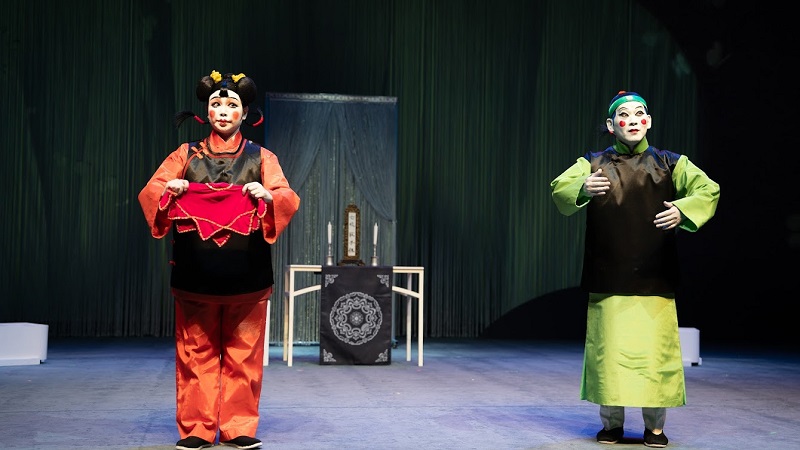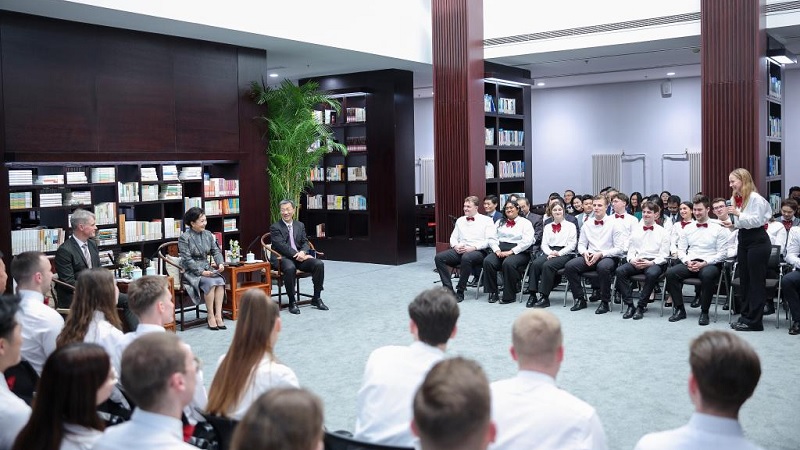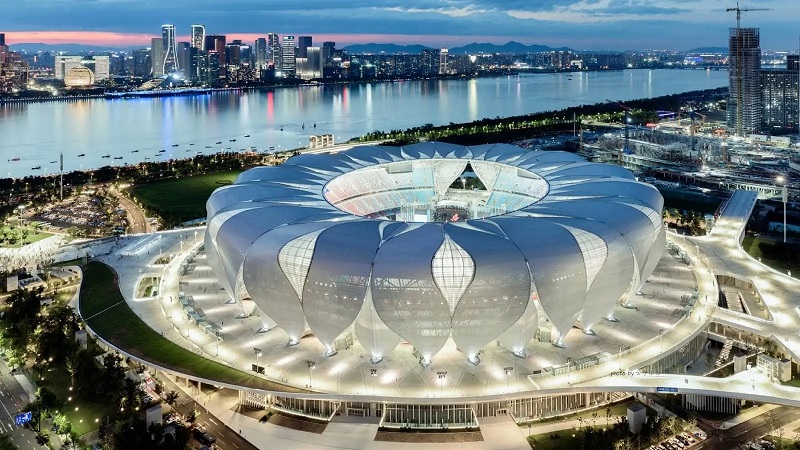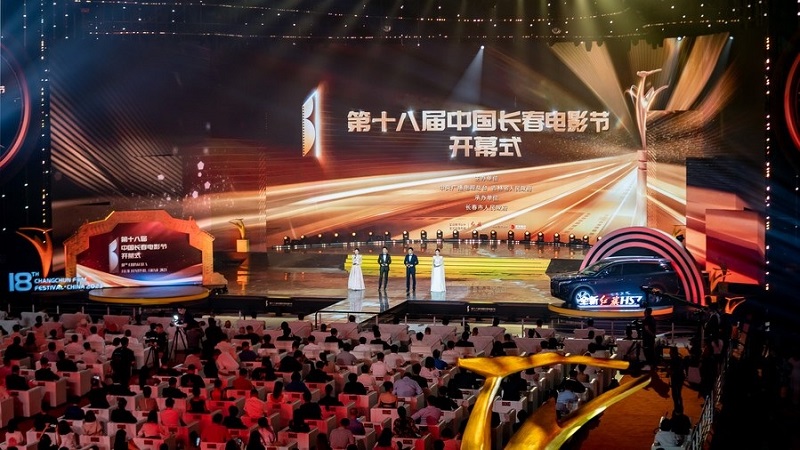Dunhuang Murals Inspire New Music Composition
The Dunhuang murals depicting the Flying Apsaras have inspired Li Dun and San Bao’s latest work; written in the form of a musical. Artistic reproduction of the Dunhuang murals by Zhang Daqian.
The Dunhuang murals depicting the Flying Apsaras have inspired Li Dun and San Bao’s latest work; written in the form of a musical. Artistic reproduction of the Dunhuang murals by Zhang Daqian.

An ongoing exhibition at the National Museum of China features a selection of reproductions of Dunhuang murals by the late Zhang Daqian. Photo credit: JIANG DONG
The Dunhuang murals is one of China’s greatest discovery of the present era.
A new musical Flying Apsaras has recently made its concert debut in Shanghai. Inspired directly by the cultural treasures, the concert included fourteen songs that writer Guan Shan and composer San Bao created especially.
Chinese musician Li Dun also collaborated with composer San Bao in this project.
The musical tells a story about a guardian who watches over the murals and a scholar who travels over a long distance to Dunhuang. In the hands of Li Dun, the music reverberates the vast artistry and history of ancient times.
According to China Culture, the Flying Apsaras, are the embodiment of Gandharva and Kimnara -the Gods in charge of songs, dances, and entertainment.
Dunhuang is a religious and cultural crossroads on the Silk Road. What was discovered is a vast collection of murals depicting religious stories and life scenes and portraits of patrons. And despite its initial discovery as a number of Buddhist grotto sites, is now a national monument to inspire performances of musical instruments, singing, and dancing.
According to experts, in the 492 Mogao grottoes, there are 240 dance and music grottoes. The frescoes there show 4,000 instruments in 44 groups, 3,000 performers, and 500 groups of bands of all kinds.
The paintings are said to date back from the Jin Dynasty to the end of the Yuan Dynasty. Today, the Dunhuang murals are a symbol of Chinese culture around the world.
The Dunhuang murals are located in the Magao Caves in Gansu Province, Northwest China. Listed as a UNESCO World Heritage Site, the Magao Caves is world-renowned for its Buddhist art spanning 1,000 years.
History in Art
Today, Dunhuang’s cultural legacy lives on. Zhang Daqian (1899-1983), the maestro of traditional Chinese ink-brush painting, lived in Dunhuang for almost three years, copying the murals at the Magao and Yulin grottoes. His reproductions were exhibited at the National Museum of China.
One of Zhang’s Dunhuang reproductions depicts a reclining Guanyin bodhisattva (Goddess of Mercy) and has pigments containing gold powder sold for 101 million yuan (US$16 million) at a Beijing auction in December 2017.

Here’s our recommendation of other music and recordings inspired by the Dunhuang murals:
- East and West of Dunhuang: Music Carried on the Wind is performed by musicians and scholar-performers from the University of California. The video is published by Getty Conservation Institute. Click here for the recording.
- The China National Opera & Dance Drama Theater performs a chamber work composed by Ying JIANG. Using Chinese traditional instruments including guzheng. Erhu and pipa, this performance expresses a raw element that brings us ever so closer to the sand and the structures of the caves. What an amazing piece of performance. Click here for the recording.
- Buddha Passion, premiered in 2018, is composed by Tan Dun and co-commissioned by Dresden Musikfestspiele, Melbourne Symphony Orchestra, Los Angeles Philharmonic and New York Philharmonic. Tan Dun’s two-year research of the Magao Caves has resulted in a performance with a full-scale orchestra. In its complexity to uncover the ancient sounds of Dunhuang, the music relives the characters depicted on the murals in an oratorio of six individual short stories, capturing ancient narratives of the Buddha’s teachings. Click here to read more about Tan Dun and his latest works.
Source & Research Reference Links:
https://www.globaltimes.cn/page/202109/1233592.shtml
https://news.cgtn.com/news/3d3d514f3249544f32457a6333566d54/index.html
http://en.chinaculture.org/library/2008-02/04/content_25914.htm
https://www.cambridge.org/core/books/abs/musica-asiatica/report-on-chinese-research-into-the-dunhuang-music-manuscripts/C17821C20BF9552BE0A9C3FA17F356CF
http://www.china.org.cn/english/2003/Nov/80984.htm
https://www.chinadailyhk.com/articles/231/98/52/1519270556335.html












